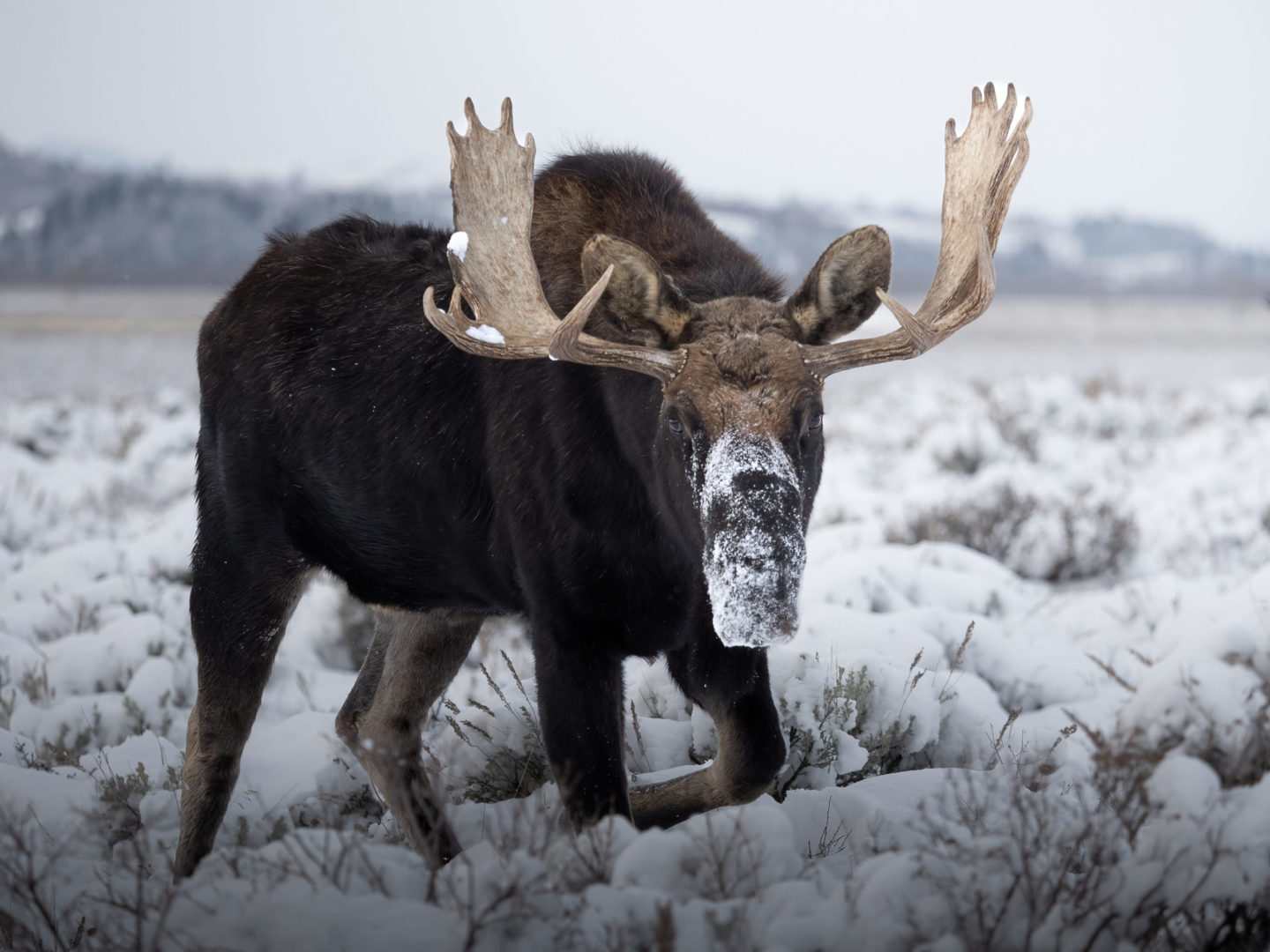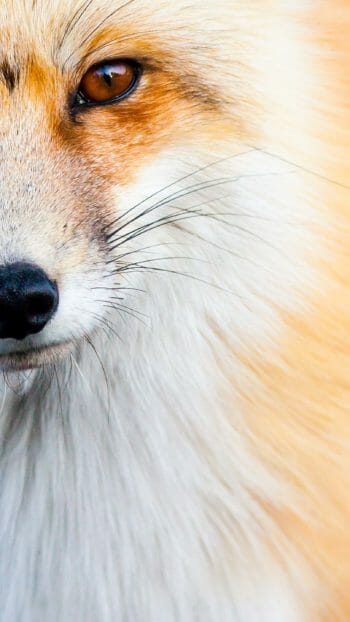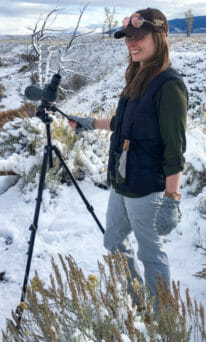Each season in Jackson Hole has something unique to offer. Springtime provides the renewal of grasses, prompting migrations back to summer ranges and the emergence of hibernating bears. The ecosystem welcomes new life. Summertime is vibrant, with wildflowers splashing color across the landscape, while bison herds animate valleys during their dramatic rut. Fall is full of displays of large antler racks, elk bugles wafting through the air, and glowing golden leaves. Winter, often overlooked, is a different world to step into. Most think of winter primarily as the ski season, but it is so much more. Winter in Jackson Hole becomes a dazzling landscape with an equally impressive array of wildlife activity as the rest of the year, with some experiences exclusive to this season. See a frosty bison in the snow. Watch bighorn sheep battle over breeding rights by the roadside. Be amongst an elk herd in a horse-drawn sleigh. Find out how many moose you can count in an afternoon. All of these things are adventures that are easily accessible from town.
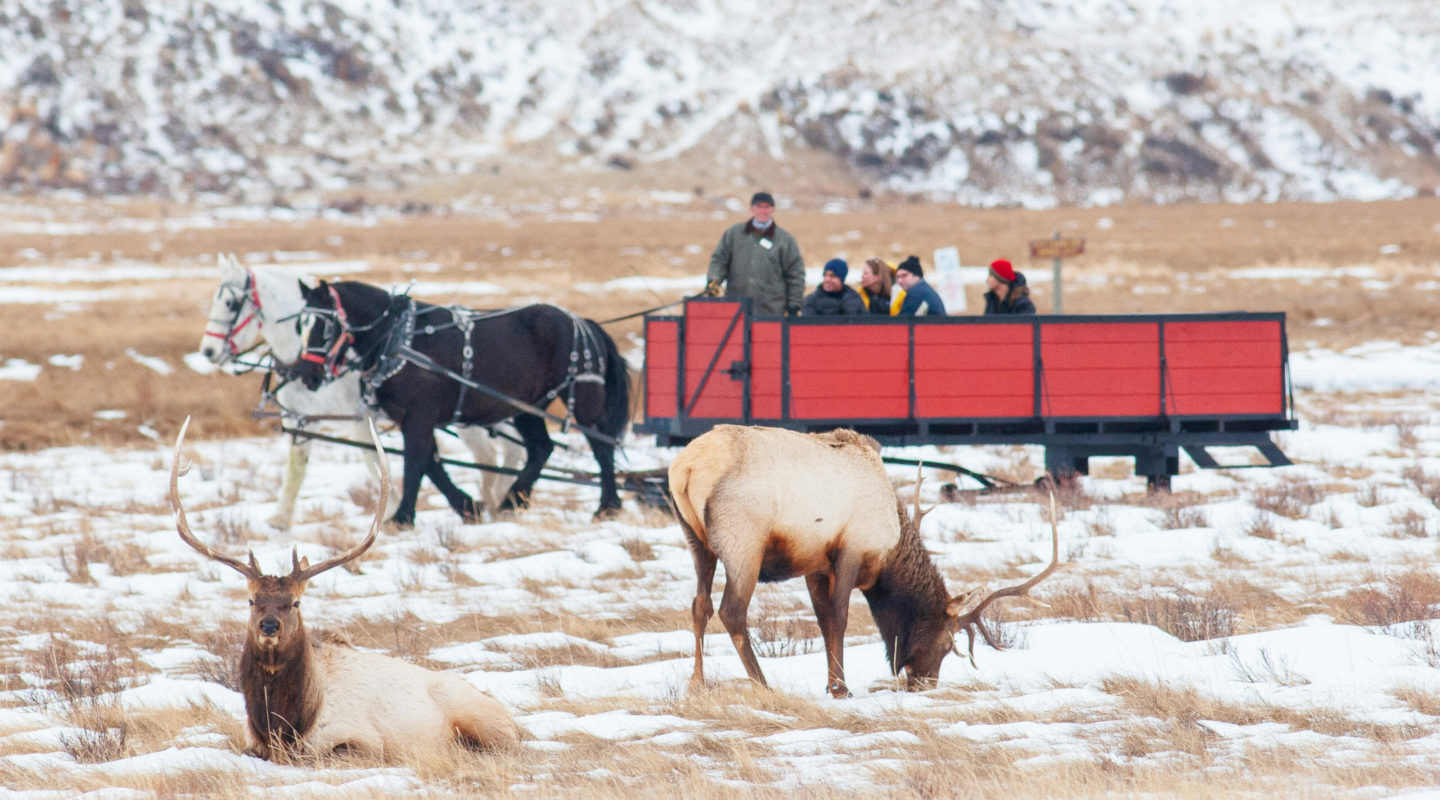
Each season in Jackson Hole has something unique to offer. Springtime provides the renewal of grasses, prompting migrations back to summer ranges and the emergence of hibernating bears. The ecosystem welcomes new life. Summertime is vibrant, with wildflowers splashing color across the landscape, while bison herds animate valleys during their dramatic rut. Fall is full of displays of large antler racks, elk bugles wafting through the air, and glowing golden leaves. Winter, often overlooked, is a different world to step into. Most think of winter primarily as the ski season, but it is so much more. Winter in Jackson Hole becomes a dazzling landscape with an equally impressive array of wildlife activity as the rest of the year, with some experiences exclusive to this season. See a frosty bison in the snow. Watch bighorn sheep battle over breeding rights by the roadside. Be amongst an elk herd in a horse-drawn sleigh. Find out how many moose you can count in an afternoon. All of these things are adventures that are easily accessible from town.
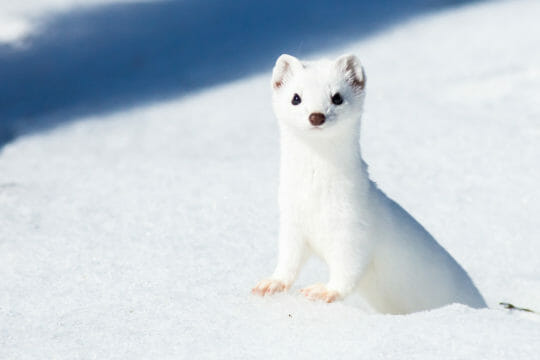
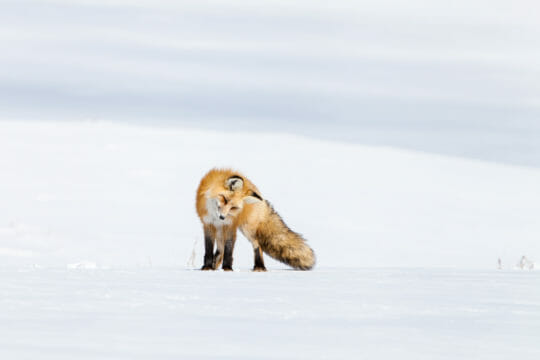
Winter is a tough season for our wildlife; they are trying to consume enough calories to get by and conserve their energy as much as possible to avoid burning those calories. Bison and moose are not as active, though they’re often visible. Elk huddle together on the refuge and rely on their sheer numbers to protect them from predators. Wolves tend to be more active as they take advantage of their prey’s reduced movement and strength. Pocket gophers, little rodents that you’ll rarely get a glimpse of, are very active in their tunnels under the snow, which draws foxes and coyotes to spend much of their time dive-bombing them where they can hear them moving underneath. Because many of these animals are working hard to conserve their energy to make it to spring, be aware before you recreate that several areas in the surrounding national forest are prohibited from human activity to give the animals a break and not disturb them to the point that they need to burn calories to run away. Additionally, be extra aware to observe the 25 yards or more rule (100 yards for predator species) when viewing wildlife in the park.
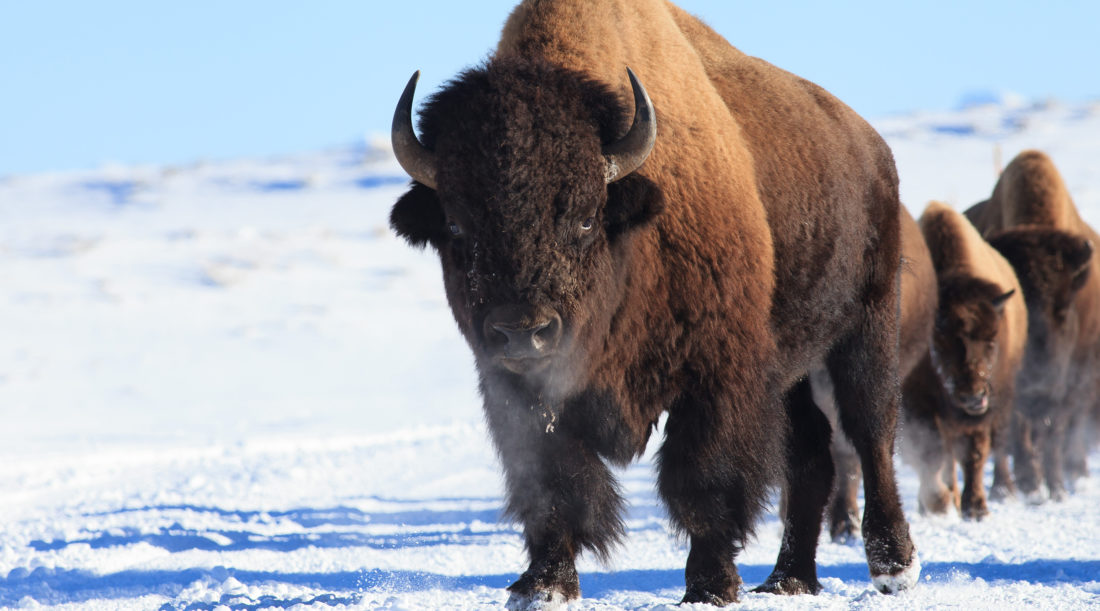
Booking a wildlife safari ensures that you are viewing wildlife responsibly and is a sure way to hit up all of the best places to view different species! Going with our local guides brings a wealth of knowledge on these creatures, giving you a more in-depth look into their lives and a more significant appreciation for them than before. Not only that, but each guest will be provided with binoculars for the duration of the trip, and with the use of our top-of-the-line spotting scopes (like a telescope, but designed for wildlife!), you might even get to feel face-to-face with a bison or a moose from a safe distance. It’s a great way to get photos with your phone too! No doubt you will have lots of questions springing to mind while you have a magnificent sighting in front of you, and our guides are always thrilled to answer your curiosities.
A half-day sunrise or sunset trip is a pleasant 4-5 hour excursion to view the refuge and Grand Teton National Park. For a more complete and immersive experience, consider the whole day Best of Jackson Hole trip. It will give you morning and afternoon wildlife searching, starting with a light breakfast on board. When available, a sleigh ride will take you right into the middle of our large elk herds in a horse-drawn sleigh. Lunch at a local eatery will recharge your batteries to continue wildlife searching in the field in the afternoon. If photography is your thing and you hope to spend more time taking photos than looking for your subject, our professional photography guides know just where to take you and how to set you up to try to get the best shot. As photographers know, nothing is a guarantee, and everything is subject to the whims of the weather and conditions and what the animals feel like doing. Along the way, you will receive both technical and creative direction and editing to come away with photos you’ll be happy to have for years to come.
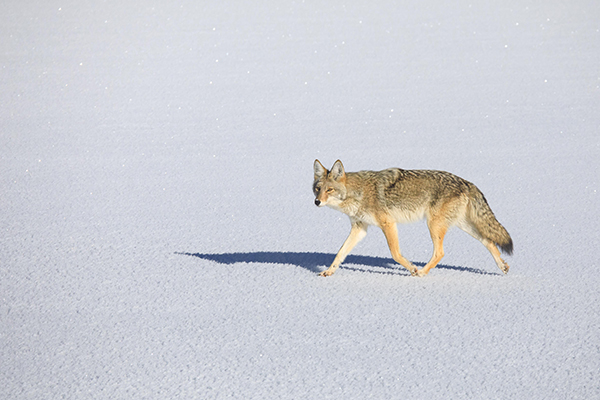
Many flock to Jackson Hole during these months for skiing; it is a much quieter tourism season than summertime. Additionally, as the slopes are the main attraction to many winter visitors, your wildlife sightings in and around the park will be quieter and more intimate without the bustling crowds. While the south gate to Yellowstone may not be open during this time, everything you need to enjoy your visit is very close by. Jackson Hole Airport is only 15 minutes from town and is located in Grand Teton National Park. Wildlife sightings are never too far away; you may even see moose walking through town! About a 25-minute drive from Jackson is Teton Village, where the Jackson Hole Mountain Resort is, along with several fantastic options for lodging and restaurants. The road to the village is a prime wildlife habitat. Whether it is your first time to Jackson Hole or you’ve visited during other times of the year, you will experience something new and beautiful here in the white winter valley.

